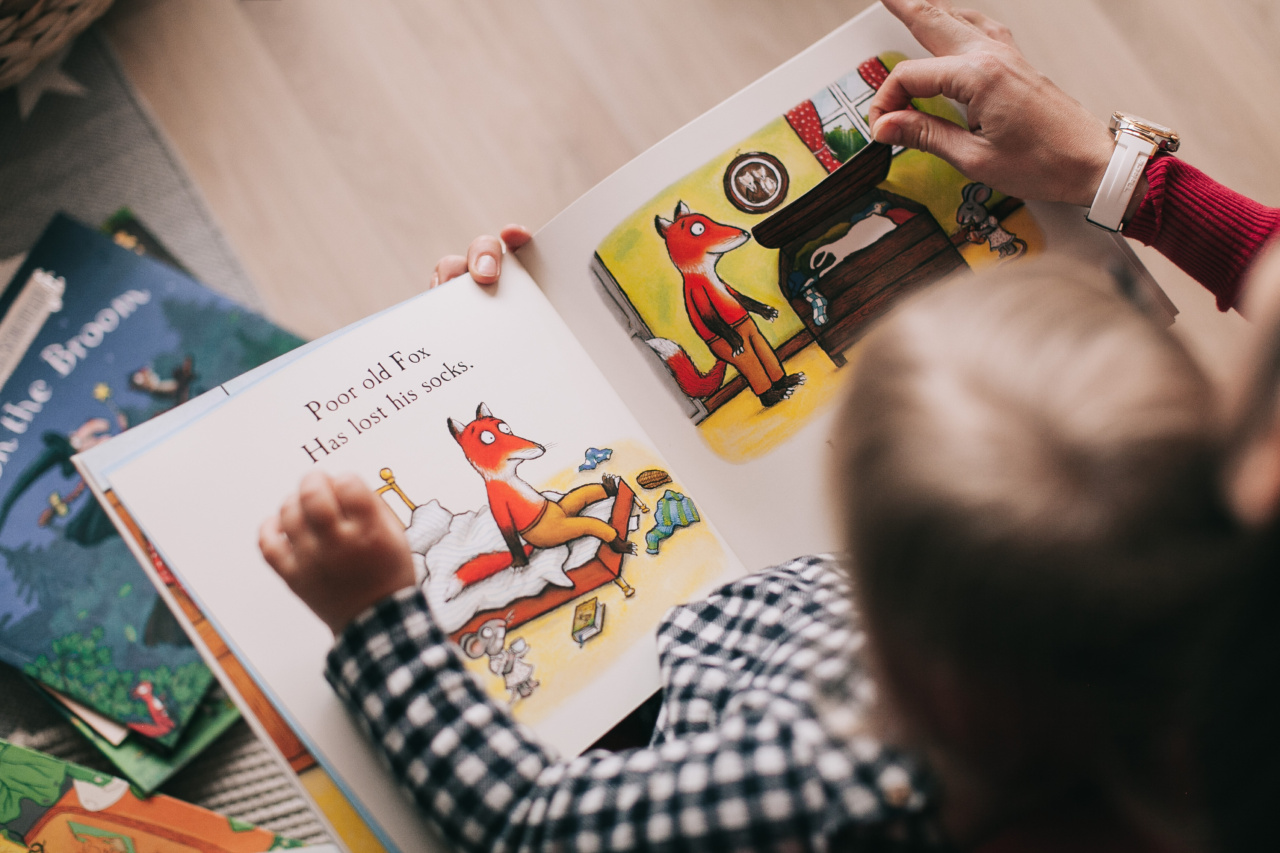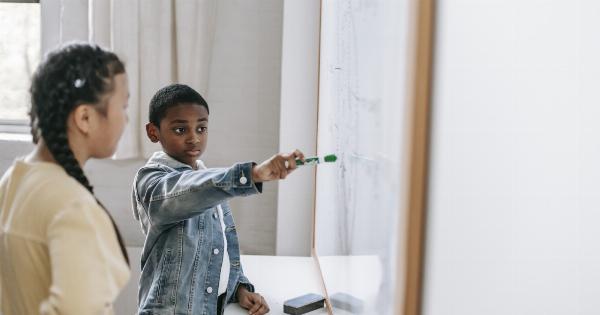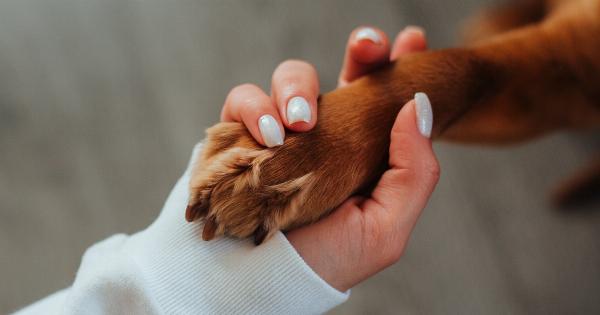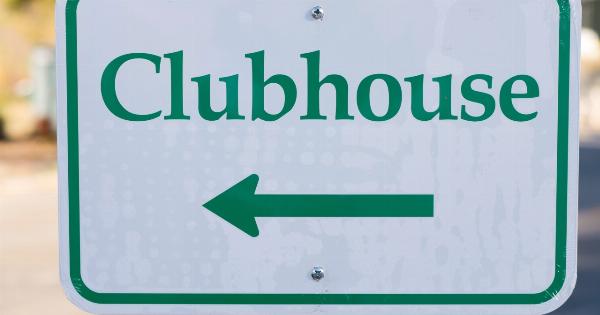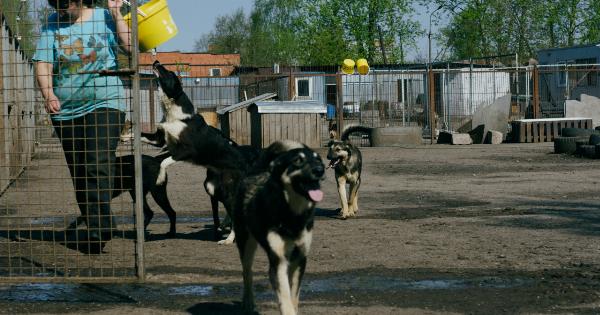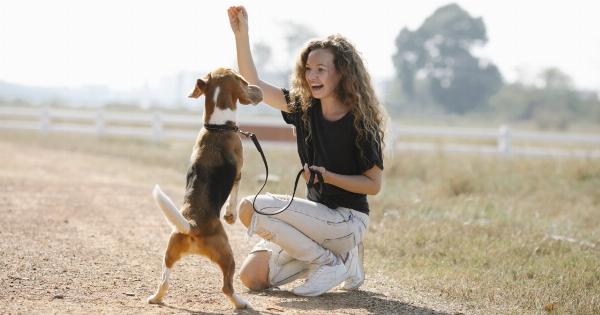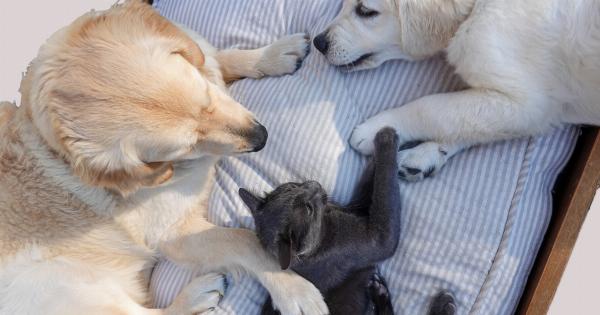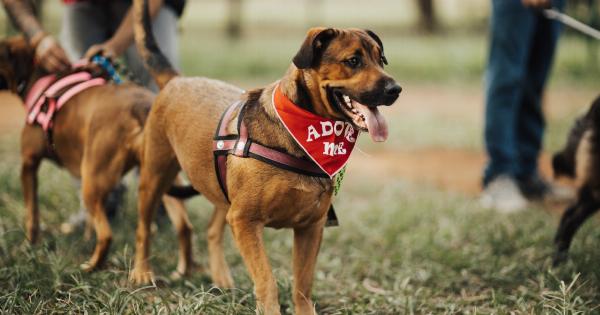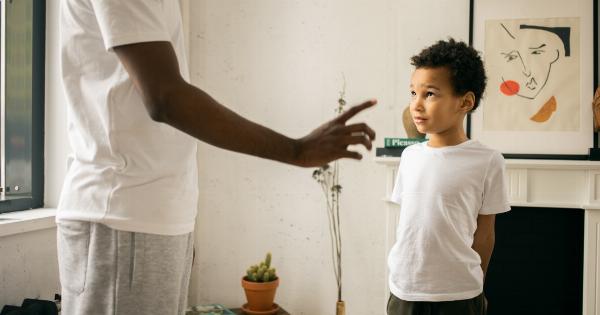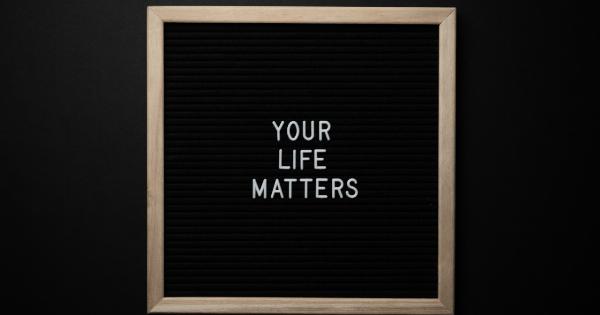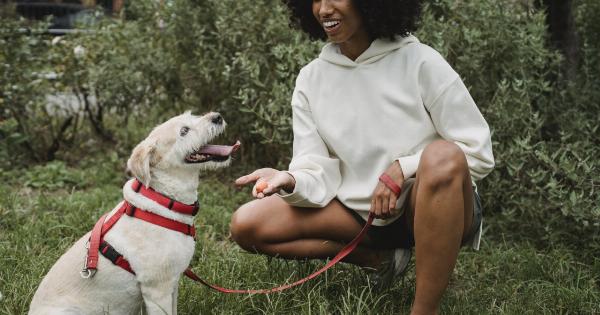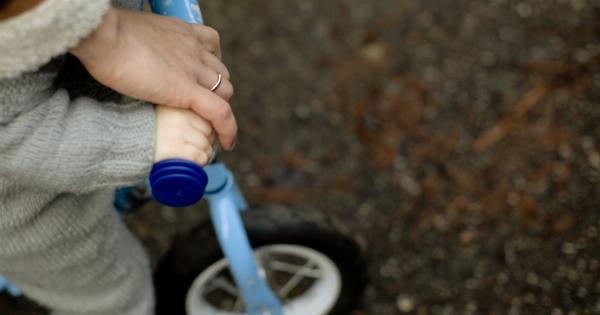Getting a new puppy is a joyous event, but it can also be overwhelming. With so many things to consider, it’s important to start your pup’s training with the basics.
This will give your pup a strong foundation for more advanced training later on. Here are some of the first things you should focus on to teach your new puppy:.
Sit
The “sit” command is one of the most basic commands to teach your pup. It’s also an essential skill for your dog to have, as it’s the gateway to other commands such as “stay” and “heel”.
To teach your pup to sit, start by holding a treat above their head. As your pup looks up at the treat, their hindquarters will naturally lower and they will sit. When they do, give them the treat and praise them.
Come
The “come” command is vital for times when you need to call your pup to you, such as during an emergency. To teach your pup to come, start by holding a treat and saying your pup’s name followed by “come”.
When your pup comes to you, reward them with the treat and praise. As your pup becomes more proficient, you can increase the distance between you and your pup.
Stay
The “stay” command is important to ensure your pup stays in place when you need them to. To teach your pup to stay, start by asking them to sit.
Once they are sitting, hold your hand up in front of your pup’s face and say “stay”. Slowly back away from your pup, but stay within their line of sight. If your pup stays in place, give them a treat and praise them.
Heel
The “heel” command is important for when you’re out walking with your pup. To teach your pup to heel, start by putting your pup on a leash.
Start walking and say “heel” while gently pulling the leash to keep your pup close to your side. When your pup walks beside you without pulling on the leash, give them a treat and praise them.
Leave It
The “leave it” command is essential to teach your pup to avoid dangerous or unwanted objects. To teach your pup to leave something alone, start by placing a treat on the ground.
When your pup approaches the treat, cover it with your hand and say “leave it”. When your pup stops trying to get the treat, reward them with a different treat and praise.
Down
The “down” command is a great way to help your pup calm down. To teach your pup to lie down, start by asking them to sit. Then hold a treat near the ground and say “down”.
When your pup lies down to get the treat, reward them with the treat and praise.
Potty Training
Potty training is an essential skill to teach your pup. Start by taking your pup outside frequently, especially after meals and naps. When your pup potties outside, give them plenty of praise and a treat.
If your pup has an accident indoors, clean it up thoroughly and do not punish your pup.
Crate Training
Crate training can be a valuable tool for your pup’s training and safety. Start by introducing your pup to their crate as a safe, comfortable space where they can rest and relax.
When your pup goes inside the crate, reward them with a treat and praise. Gradually increase the time your pup spends in the crate while you are away, making sure to provide plenty of toys and comfortable bedding.
Positive Reinforcement
Training your pup should always focus on positive reinforcement. This means rewarding your pup with treats and praise when they do something right.
Punishment or negative reinforcement should never be used, as it can damage the trust between you and your pup.
Teaching your puppy the basics is an essential part of raising a happy and healthy dog. With patience, consistency, and positive reinforcement, your pup will be well on their way to mastering these important commands.
